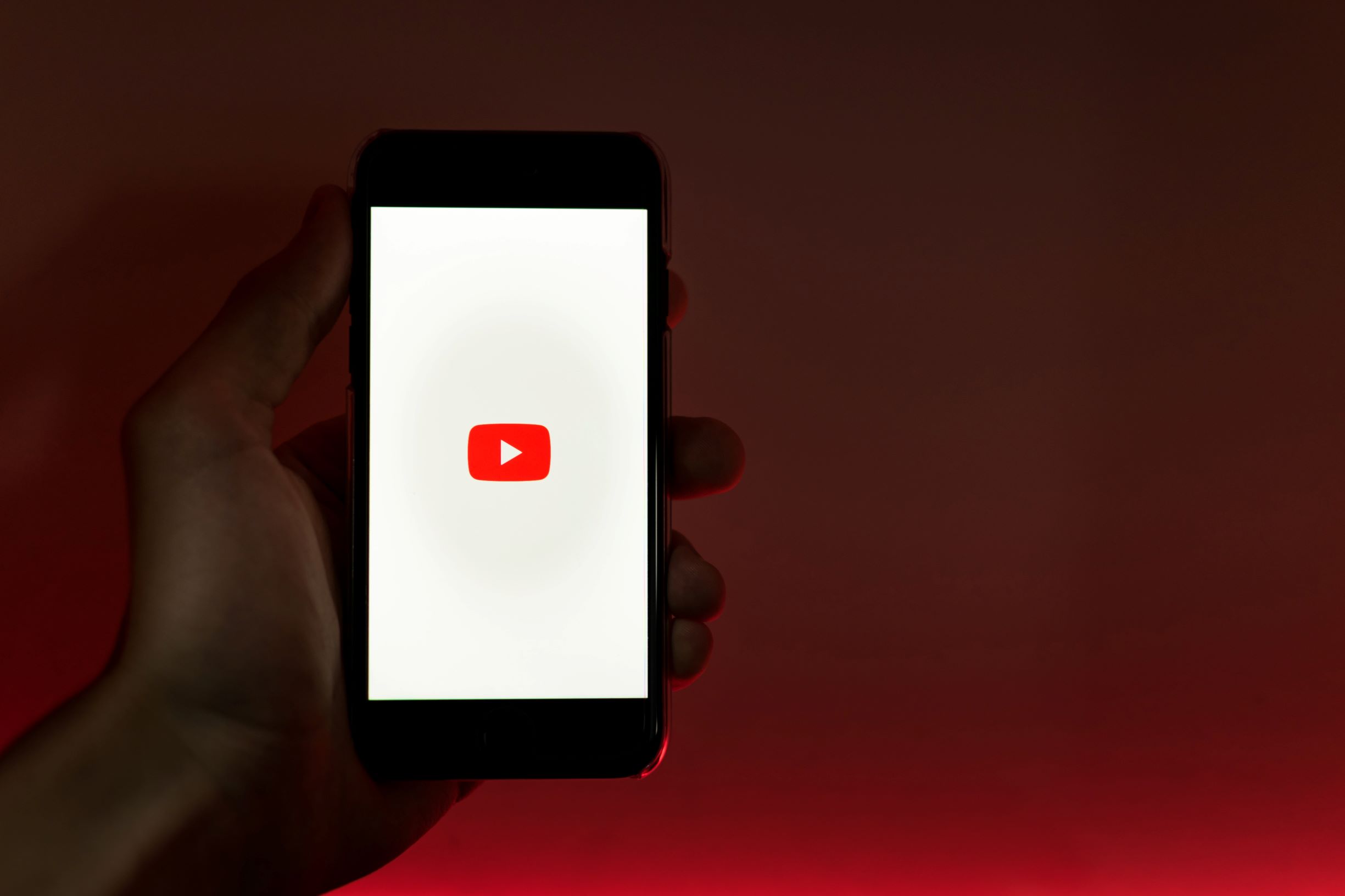Why it matters: Drawing the line between freedom of expression and hateful content is a fiddley business, causing division between online communities, YouTube's policymakers and their audience, and even apparently, YouTube and their own moderators. According to the Washington Post, eleven frontline content moderators they spoke to believe that YouTube treats their biggest content creators favorably, in violation of policy and consensus among moderators.
A key difference between YouTube and other social networks is that YouTube's biggest stars generate it orders of magnitude more money than the small-timers, while all Facebook accounts (for example) make about the same. A second difference is that YouTube's content moderators can't actually punish creators or delete videos themselves, instead, they must pass along their recommendations with evidence to the higher-ups.
Moderators say their recommendations are basically ignored in circumstances where the channel generates a large amount of revenue, and the higher-ups go with the unofficial policy of "nothing is really an issue until there is a headline about it."
If a channel violates one of YouTube's policies it can have its advertisements taken away, videos deleted, or the entire channel could be banned. In all three of those circumstances, YouTube loses just as much money as the creator. Moderators highlighted the Logan Paul incident, where he filmed a suicide victim one month and deceased vermin another, as an example of biased standards. Logan Paul was removed from a premium advertising program, costing him a little, and all his advertisements were cut for two weeks.
"It felt like a slap in the face," a moderator told the Washington Post. "You're told you have specific policies for monetization that are extremely strict. And then Logan Paul broke one of their biggest policies and it became like it never happened." The moderators all agreed that they'd expected Logan Paul's channel to be removed or permanently deprived of revenue, based on past examples and guidelines they were familiar with.
The ugly fact is, both YouTube's moderators and audience draw the line in one spot, while YouTube's executives count their dollars and draw it somewhere else.
Image Credit: Szabo Viktor on Unsplash
